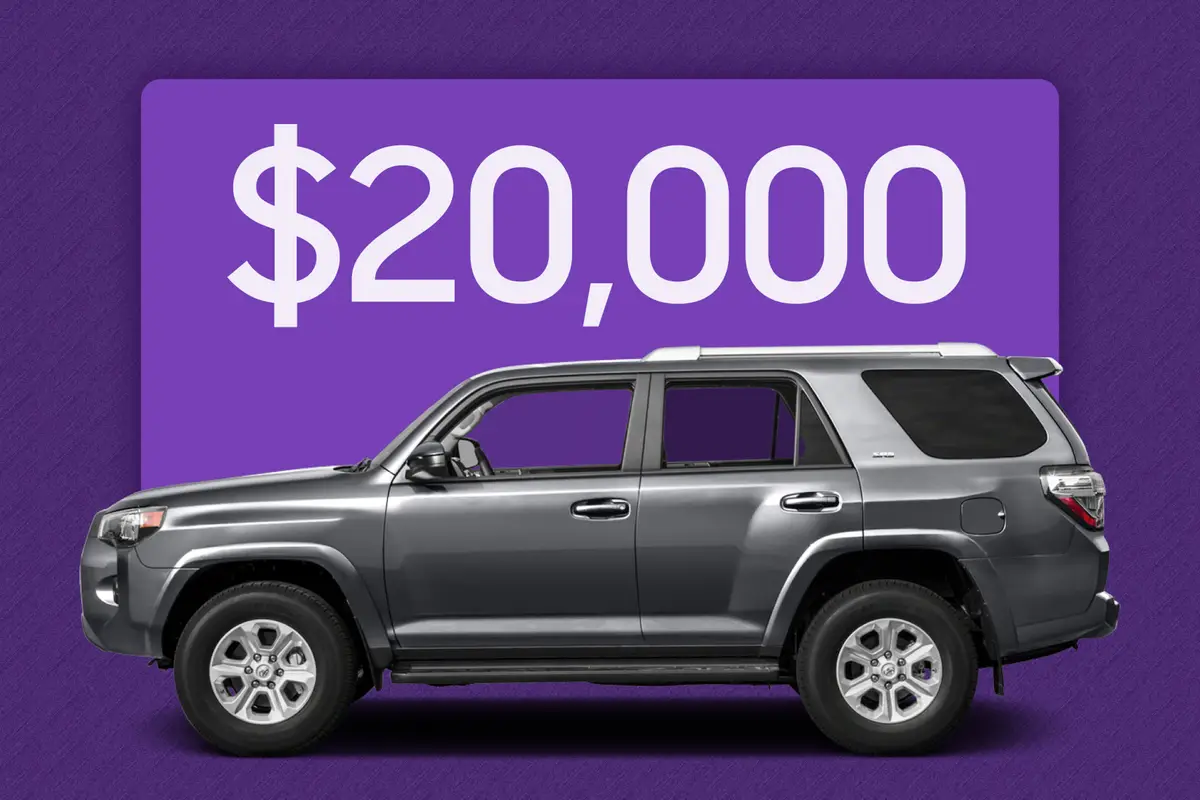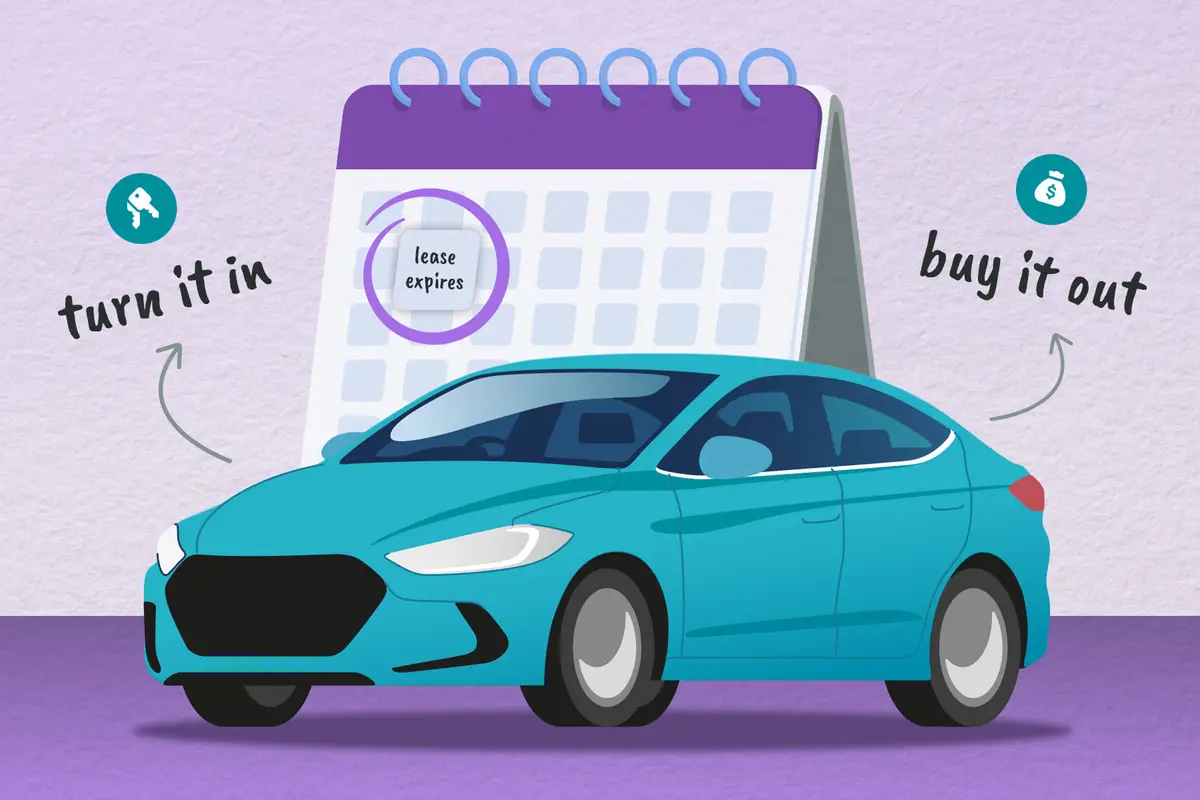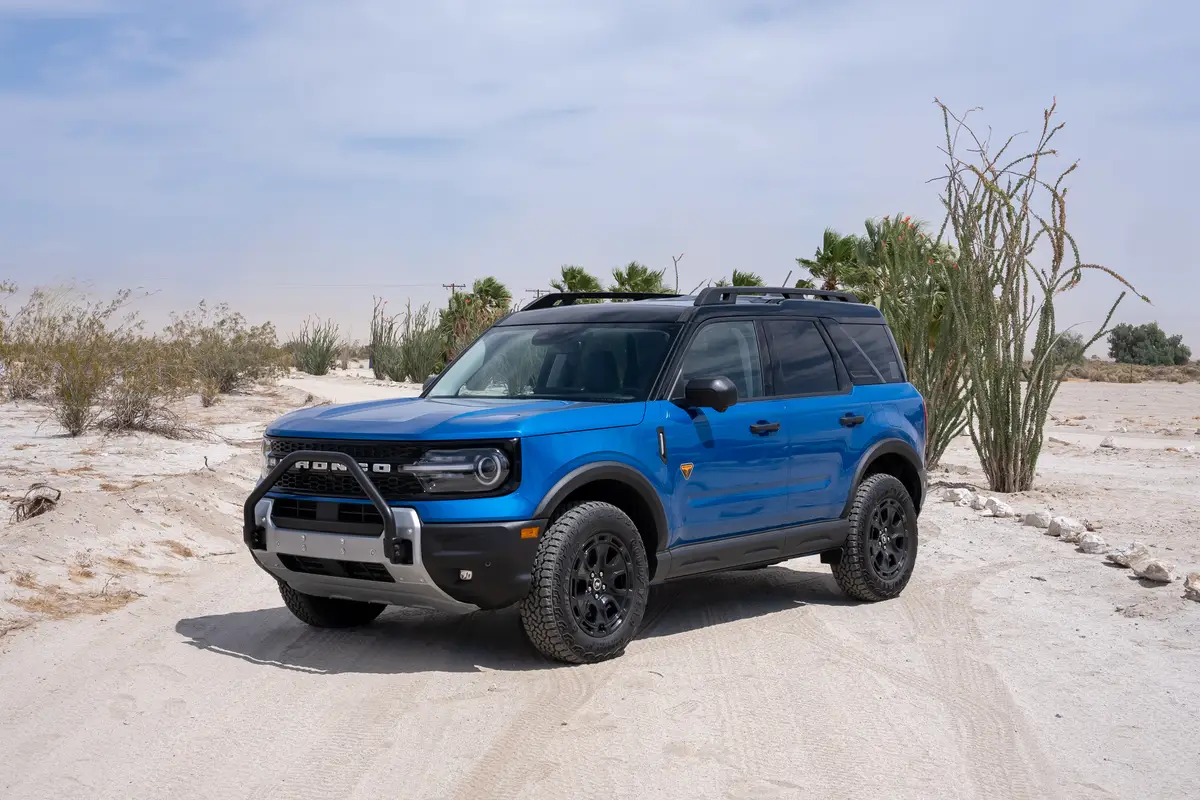IIHS Finds Front Passenger Gets Less Crash Protection, May Add New Test

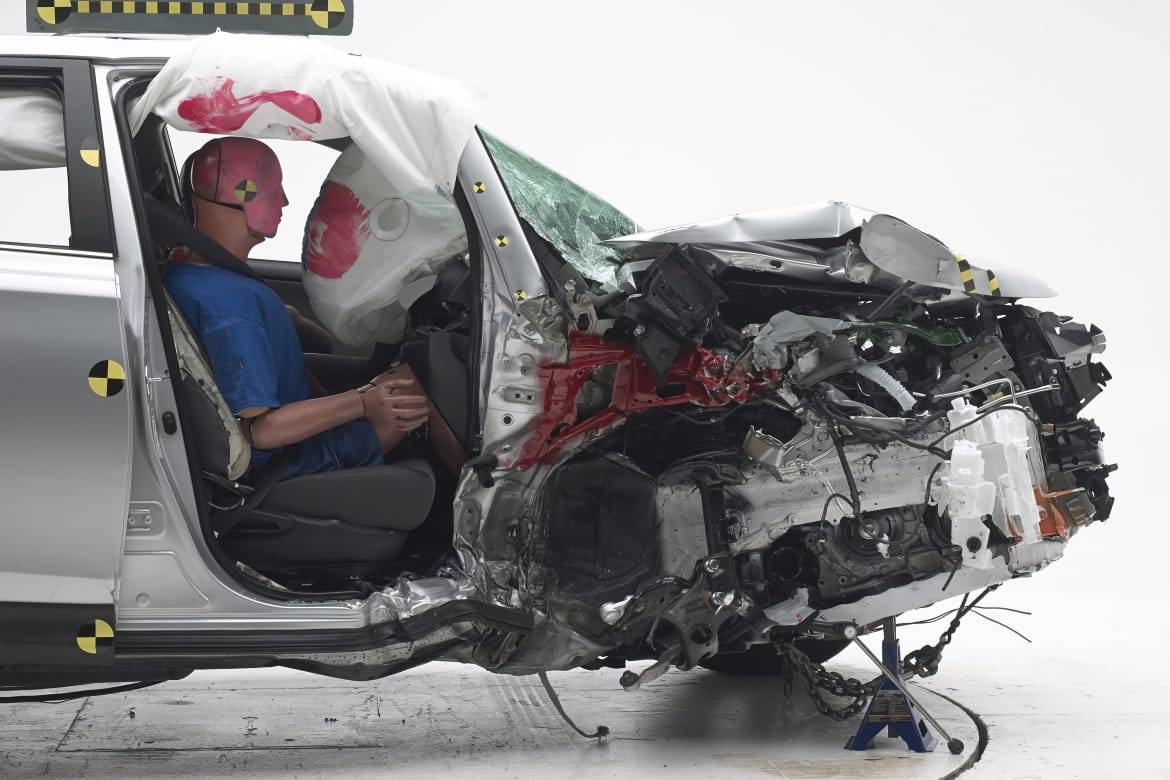
CARS.COM — A new study confirms what was suspected in earlier research reported by Cars.com: The person riding “shotgun” may not be as well protected as the driver in a front-corner crash. The disparity is stark enough that the Insurance Institute for Highway Safety is considering adding a passenger-side small offset front crash to its battery of tests for earning its Top Safety Pick designation.
Related: Driver, Passenger May Not Get Same Crash Protection
In the latest study, IIHS took seven small SUVs that earned the top rating of good in its rigorous small overlap test — now done only on the driver’s side — and gave them the same test on the passenger side. The result: Just one, the 2016 Hyundai Tucson, earned the same good rating on the other side.
Three were a notch lower, at acceptable, including the 2015 versions of the Buick Encore, Honda CR-V and Mazda CX-5. Two, the 2014 versions of the Nissan Rogue and Subaru Forester, were only marginal. And the 2015 Toyota RAV4 got the bottom rating of poor for protecting the passenger.
As a result, IIHS said it is considering adding a passenger-side small overlap test to its criteria for designating a vehicle a Top Safety Pick. The institute said it could start the additional testing next year and make it a requirement for its safety awards as early as 2018.
The results weren’t entirely unexpected. IIHS introduced the small overlap test in 2012 — hitting a barrier at 40 mph with just 25 percent of the front end, simulating a partial head-on or a crash with a tree or pole. IIHS said it started with the driver’s side simply because every vehicle on the road has a driver; not every one has a passenger.
Predictably, automakers worked quickly to pass the test. IIHS said that since the test started, 13 automakers have made structural changes to 97 models — in some cases, clearly visible changes on the driver’s side — and three-quarters then earned a good rating.
“It’s not surprising that automakers would focus their initial efforts … on the side of the vehicle that we conduct the tests on,” David Zuby, IIHS executive vice president and chief research officer, said in a statement. “In fact, we encouraged them to do that in the short term if it meant they could quickly make driver-side improvements.”
That’s what Toyota says it did. “The IIHS small overlap test is severe, specialized and goes beyond federal vehicle safety requirements. After it was first introduced in 2012, Toyota took steps to improve the performance of its vehicle in the test. Rather than waiting to re-engineer both driver’s and passenger’s sides, we took immediate steps to enhance performance on the driver’s side,” the company stated.
The expectation has been that as vehicles are redesigned, quick fixes will be replaced by structures that protect both sides equally. To that point, the newest design in the study, the redone 2016 Tucson, performed that way and was a significant improvement over the previous model, which earned a poor rating in the small overlap test despite good ratings in the other crash tests.
A Hyundai statement said the redesign incorporated “multiple defensive safety layers” and new materials and techniques to improve protection throughout the structure without adding weight. “Our 2016 Tucson’s good rating for both driver and passenger … reflects our commitment to passenger safety at every level” said Mike O’Brien, vice president of corporate and product planning.
Toyota said that it is doing this as well. “We’ve incorporated enhancements on both the driver’s and passenger’s side for vehicles built on Toyota’s new TNGA platforms, beginning with the 2016 Prius,” said a spokesperson. Regarding results for the updated 2014 Rogue, Nissan said in a statement, “We are aware of the IIHS testing and we are currently reviewing the details to assess opportunities for improved performance.” A spokesman for Subaru said the company has just gotten the results and is reviewing them.
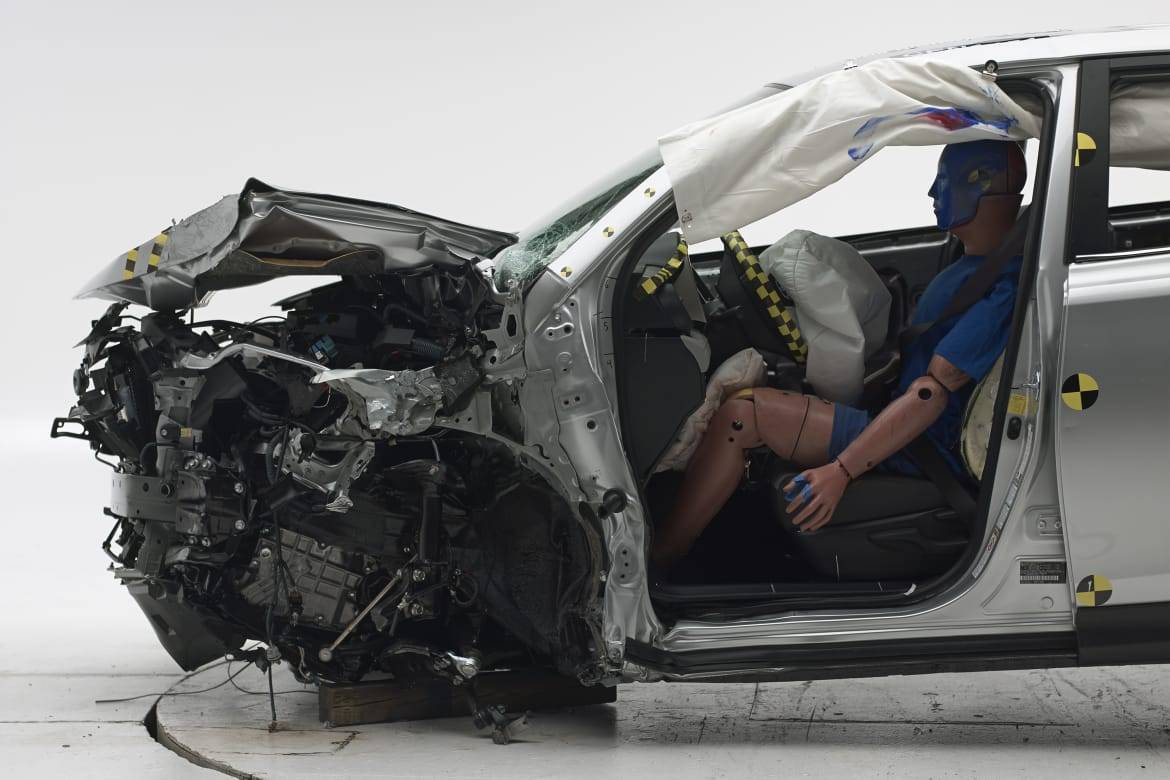
More surprising in the latest study was that even vehicles with a structure that looked the same on both sides performed differently. IIHS added, however, that a “different type of material or a few millimeters of thickness” would make a difference but would not be apparent visually.
“Some vehicle structures look the same on both sides, but they don’t perform the same,” said Becky Mueller, an IIHS senior research engineer and lead author of the study, in a statement. “That’s why we … need to monitor this issue and possibly begin rating vehicles for passenger-side protection.”
One bit of good news in the study for front passengers is that two of the SUVs – the CR-V and RAV4 – also were retested for passenger protection in the wider (40 percent) moderate overlap front crash test and they earned an equivalent good rating for the passenger side.
That may be another example of working to the tests.
“Many of today’s models are designed for the global market and are subject to driver-side moderate overlap tests in right-hand-drive countries,” Mueller said. “With small overlap, there isn’t the same incentive for symmetrical design because we’re the only organization conducting the test.”

Former D.C. Bureau Chief Fred Meier, who lives every day with Washington gridlock, has an un-American love of small wagons and hatchbacks.
Featured stories
